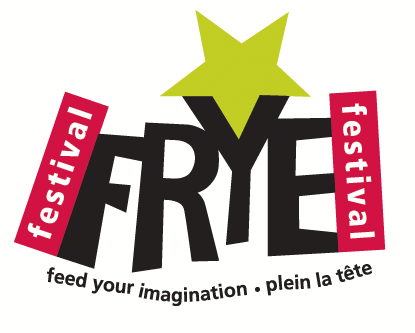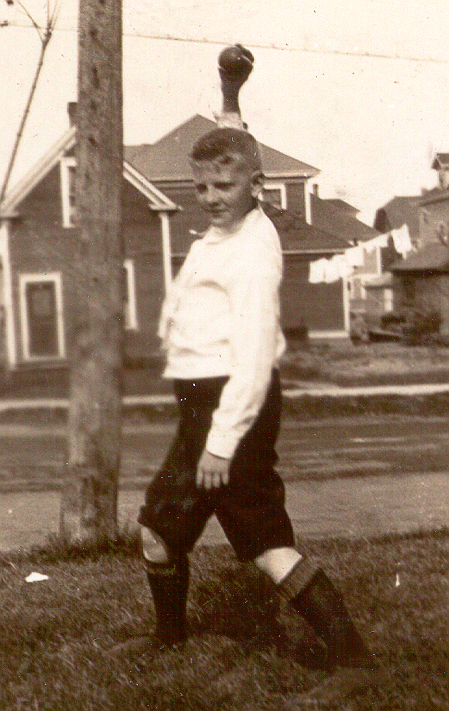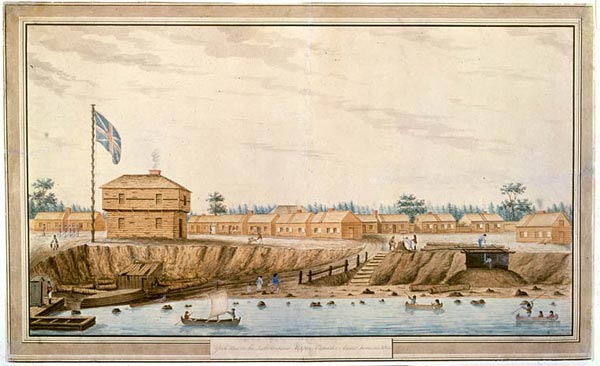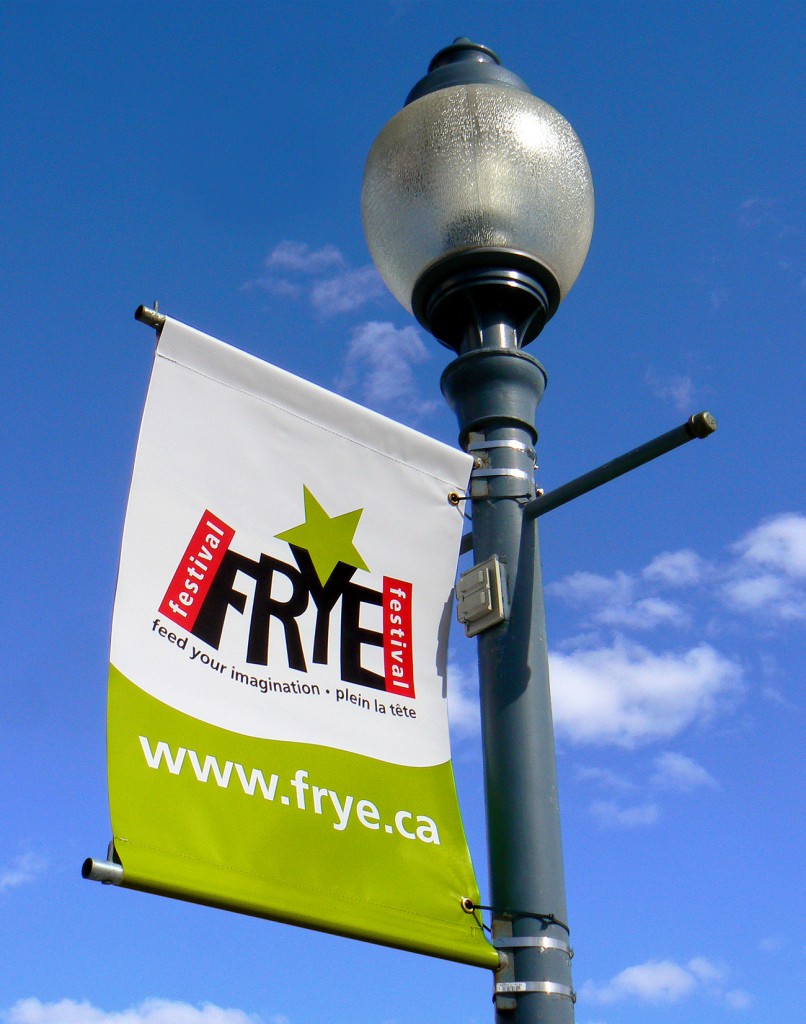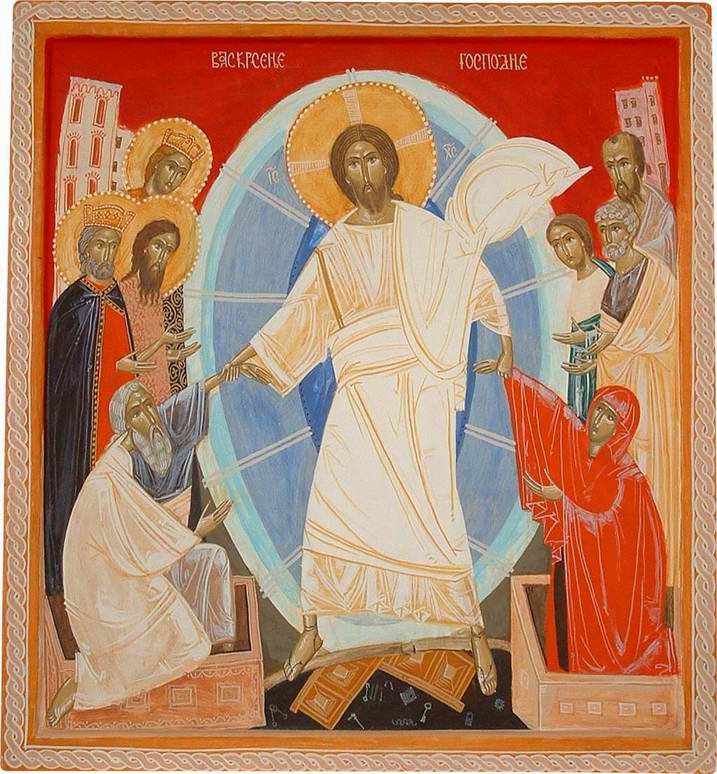The Frye Festival exceeds my ability to keep up with it. I can’t even pretend I’m covering it. I can only report on what I’ve been present to see. I have a high school class to visit in the morning, and will try to get a post up as soon as possible after that.
Frye Festival Day 1
Frye in the front yard of 24 Pine Street, ca. 1922
I was well prepared to enjoy myself here in Moncton. But I am enjoying myself much more than I expected. It begins, first, with the extraordinary people who run the Frye Festival, many more than I can name. But the people I’ve seen up close doing their jobs so remarkably well include Festival Chair Dawn Arnold, as well as the inexhaustibly resourceful Danielle LeBlanc, Roxanne Richard, and Ed Lemond. It’s a pleasure to thank them publicly for the tireless work they do, most of it behind the scenes.
Yesterday, Ed Lemond, Co-chair of Program Development, took it upon himself to give me a tour after the morning’s official opening ceremony at City Hall (which, incidentally, was once the site of the Public Library whose contents Frye would have spent many hours exploring). First we toured Frye’s childhood neighborhood, which includes the site of Queen Victoria School, the elementary school he attended; it remains an elementary school, although the original building is of course long gone. Just across the road from the school is Victoria Park, where Frye no doubt spent much time while growing up. And just around the corner from Victoria Park is his home at 24 Pine Street.
Victoria School and Victoria Park are both situated on Park Street, from which Pine Street runs. The block Frye’s home faces is interesting. The first thing you notice is that it is only half the width of an ordinary residential block, with just a single row of large houses overlooking Victoria Park; the backs of those houses, as a result, overlook Pine Street. This means that only the back of these upscale homes face Frye’s house, as well as those of his neighbors who lived on the poorer side of Pine Street. Ed says the reason is that the people who lived on Pine Street and served those large homes in the 19th century were intended to have access to them by the back entrances.
The houses that have occupied Pine Street and the neighborhood for a century and more are still there, but many of course have been refurbished, and, in some cases, siding put over their wooden exteriors. Even so, the sense of Frye’s childhood neighborhood is remarkably intact. 24 Pine Street is still a duplex combining numbers 24 and 26. Moreover, 24 Pine itself remains comprised of two separate dwellings, one downstairs and one upstairs, the upstairs apartment being where the Frye family lived.
We then went off to Frye’s old school, Aberdeen High, which is still standing. It does not take much of an imaginative leap to imagine it as it was then. Frye spoke of his childhood education with mixed feelings at best; the pedagogy back then was pretty stern and unrelentingly authoritarian — corporal punishment remains part of the living memory of those old enough to have endured it. (I stood in what was once the principle’s office where, I was told, former students still shudder at the memory of being struck across the palm with a ruler.)
However, that sturdy monument of a building is now the Aberdeen Arts Centre, the home of the Acadian arts community in New Brunswick. It is still under construction, and everything is being opened up into magnificent galleries and working spaces for artists, writers and dancers. On the third floor a large performance space is just beginning to take shape. One of the best things about antique schools is their wide, high windows. The entire place is flooded with sunlight. I have no doubt Frye would have been delighted to see what had become of his old high school. Like the Frye Festival, it is dedicated to the arts first and foremost.
Despite all of these extensive renovations, one part of the school remains unchanged since Frye’s day: three flights of stairs situated at either end of the long hallways. Those wooden steps are gently worn by a century of foot traffic, the permanent shine on the banisters burnished by countless hands. The young Frye was really here, and this is what he saw. It’s difficult not to be moved by that.
More coming, including photographs.
Frye Festival Post Coming
It’s a long day today: CBC interview at 6 am, a panel at noon, and then visits to two high schools after that.
However, I am pulling together a post on yesterday’s events, which I will put up as soon as I can finish it.
Until then, thanks very much to the people who came out to the Navigator’s Pub last night; thanks also for your wonderful questions and the great discussion that followed. Finally, thanks to the organizers who set the talk at the Nav’s. The result of the experience is that from now on I will only speak at drinking establishments.
Capture of York
The barracks at Fort York, ca. 1812
On this date, American troops captured York (now Toronto) during the War of 1812.
From “Canadian Culture Today”:
The United States had a War of Independence against a European power in the eighteenth century, and a civil war on its own soil a century later. Canada had a civil war of European powers on its own soil in the eighteenth century, and a movement of independence against its American partner in the nineteenth. This started with the invasion of 1775 and continued in the War of 1812, which had very little point as a war with Britain, but was in many respects a war of independence for Canada. I discover that Americans, while they know about the bombardment of Washington and the battle of New Orleans, are often hardly aware, that this war involved Canada at all, much less that the bombardment of Washington was a reprisal for the burning of what is now Toronto. (CW 10, 515-16)
Frye Festival
Chernobyl
httpv://www.youtube.com/watch?v=yiCXb1Nhd1o
A feature length documentary on the disaster, the whole thing available at the above link
Today is the 25th anniversary of the Chernobyl disaster in Pripyat, Ukraine.
Frye refers to it to illustrate a point about primary concern in The Double Vision:
What we accept as beautiful or attractive or in accord with the way we want things to be has some connection, however indirect, with the satisfying of these concerns, and what we call ugly or dehumanized–air choked with pollution, land turned into waste land by speculators, infernos created by technological idiocies from Chernobyl to Exxon Valdez–with the frustration of them. For a long time the established powers in society looked at their civilization and said, “Probably much of it is very ugly, but that doesn’t matter as long as we make profits out of it, and certainly nothing is going to be done about it.” When it becomes clear that ugly is beginning to mean dangerous as well, however, the point of view may slowly change. (CW 4, 191)
Frye Festival
Dexter Gordon
httpv://www.youtube.com/watch?v=K0jJSuwqDSA
“Lady Bird”
The great Dexter Gordon died on this date in 1990 (born 1923).
But watch the clip above. Nothing like this ever really dies.
Lucy Maud Montgomery
httpv://www.youtube.com/watch?v=VnlJKaz5fyc
Anne recites Tennyson’s “Lady of Shalott” in the television adaptation of Anne of Green Gables
Lucy Maud Montgomery died on this date in 1942 (born 1874).
From the “Conclusion to the First Edition of Literary History of Canada“:
The nostalgia for a world of peace and composure, with a spontaneous response to the nature around it, with a leisure and composure not to be found today, is particularly strong in Canada. It is overpowering in our popular literature, from Anne of Green Gables to Leacock’s Mariposa, and from Maria Chapdelaine to Jake and the Kid. It is present in all the fiction that deals with small towns as collections of characters in search of an author. (CW 12, 362)
Easter
Our Easter post from last year is here. It includes a link to a vintage CBC Radio recording of Frye talking about Easter.
